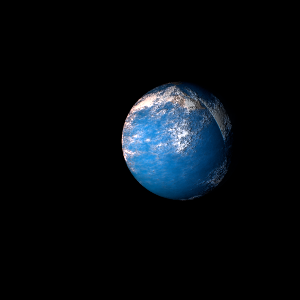|
|
Space Astro
|
Info for exoplanet "Nemo'd"
| Scientific (actual) data |
|---|
| Name | Kepler-26 c |
| Planet status | Confirmed |
| Planet mass | 0.01951 |
| Radius | 0.243 |
| Orbital period | 17.2559 |
| Semi major axis | 0.107 |
| Discovered | 2011 |
| Updated | 2021-02-05 |
| Tconj | 2456470 |
| Tzero tr | 2454980 |
| Publication | Published in a refereed paper |
| Detection type | Primary Transit |
| Mass measurement type | TTV |
| Radius measurement type | Primary Transit |
| Alternate names | 2MASS J18594583+4633595 c, K00250.02, KIC 9757613 c, KOI-250 c, KOI-250.02, WISE J185945.85+463359.3 c |
| Star name | Kepler-26 |
| Right ascension | 284.94° |
| Declination | 46.57° |
| Mag v | 16 |
| Mag j | 13.408 |
| Mag h | 12.746 |
| Star distance | 338.55 |
| Star metallicity | -0.13 |
| Star mass | 0.54 |
| Star radius | 0.51 |
| Star sp type | M0 V |
| Star temperature | 3914 |
| Star alternate names | 2MASS J18594583+4633595, KIC 9757613, KOI-250, WISE J185945.85+463359.3 |
| Wikipedia article | Kepler-26 c |
Back
| |
| Fictional info (?) |
|---|
| Suggested name | Nemo'd |
| Planet type | Planet |
| A prominent result is the "great white spot", a giant storm that is known to have existed for centuries since it was first observed by radar. |
| Atmosphere | Hydrogen chloride | 92% |
| 2H2O | 7.5% |
| Atmospheric pressure | 0.4 bar |
 |
| No known satellites |
| Google search for Nemo'd |
|
Website by Joachim Michaelis
|
|
|
|